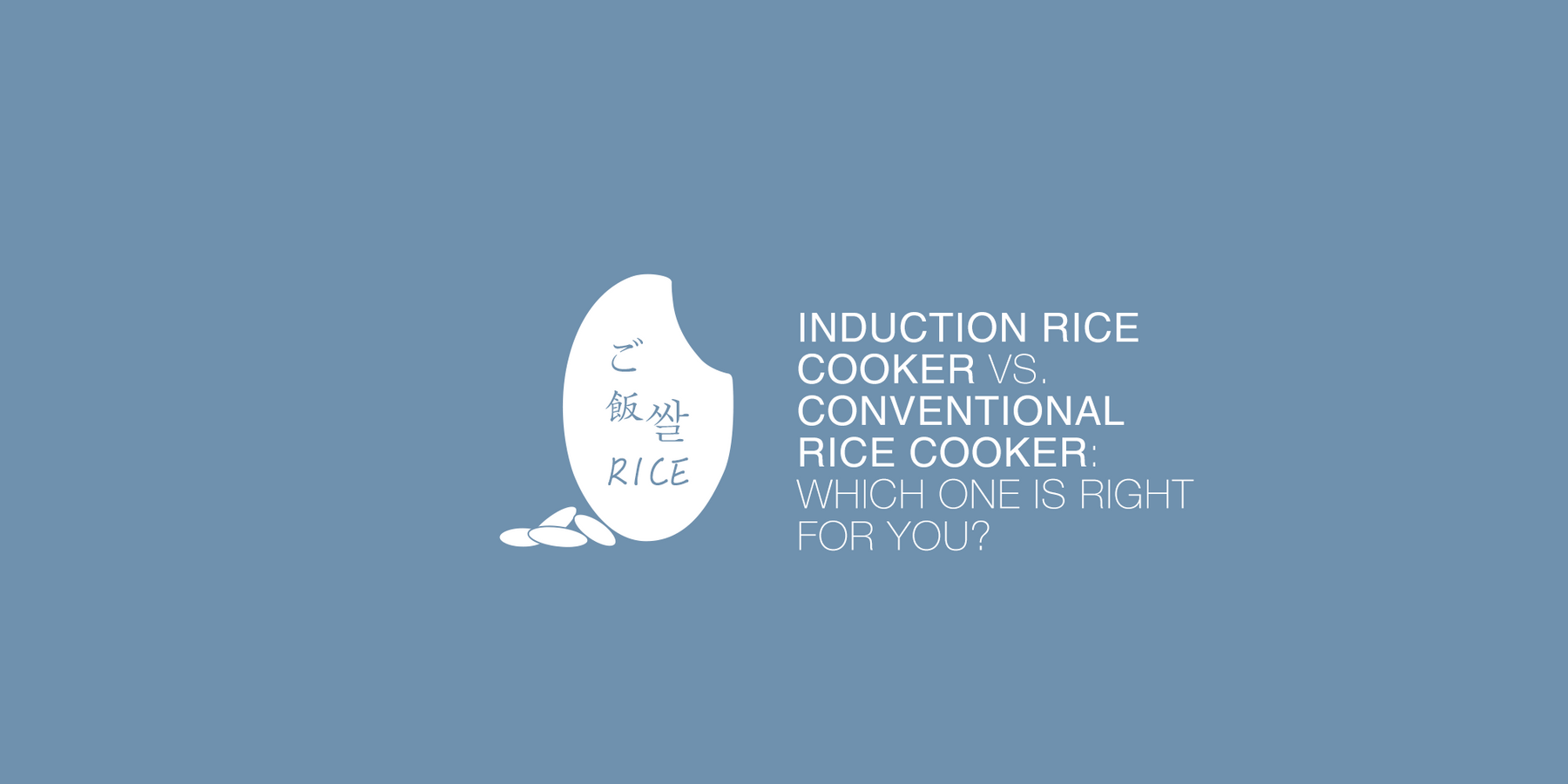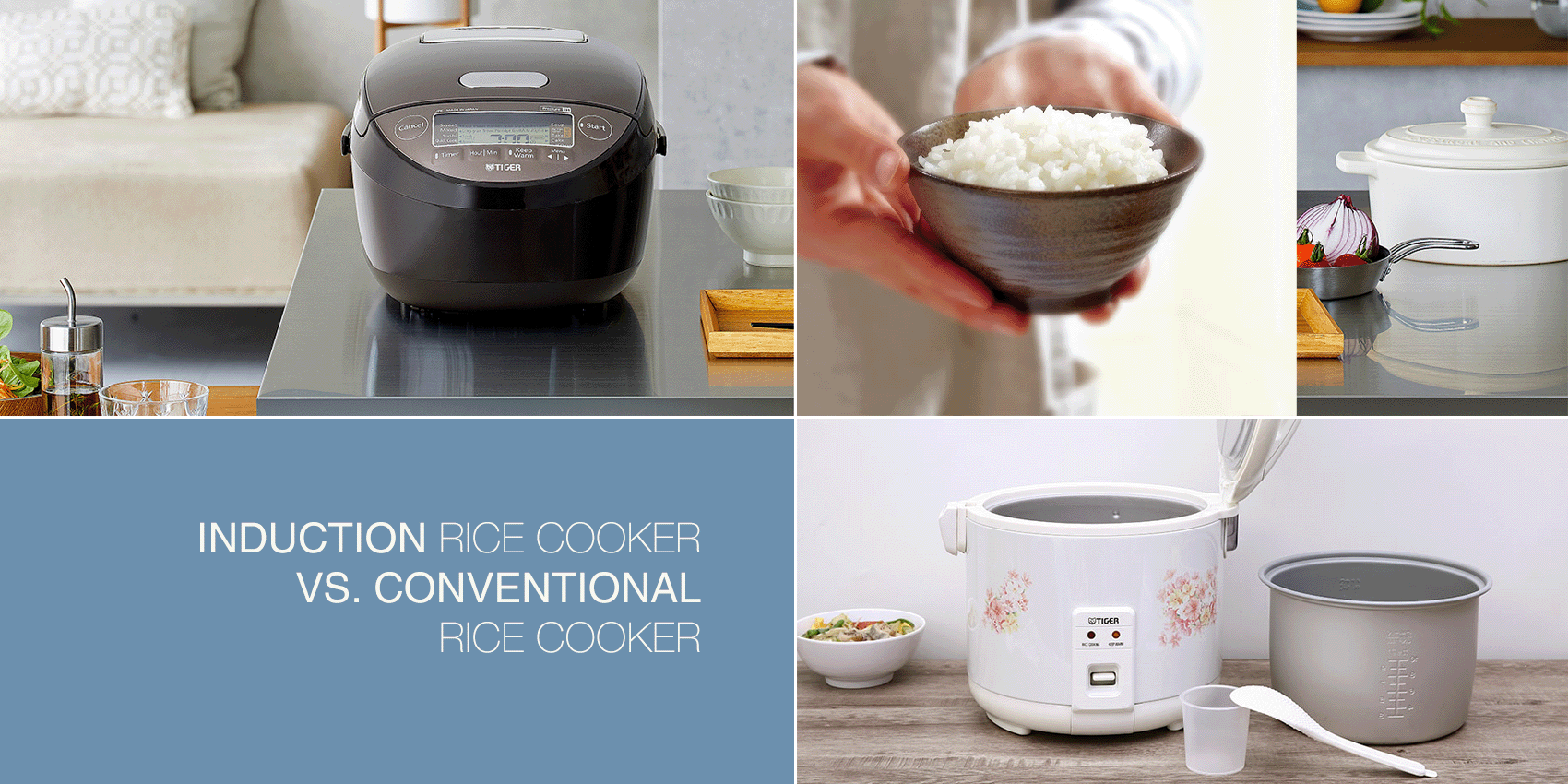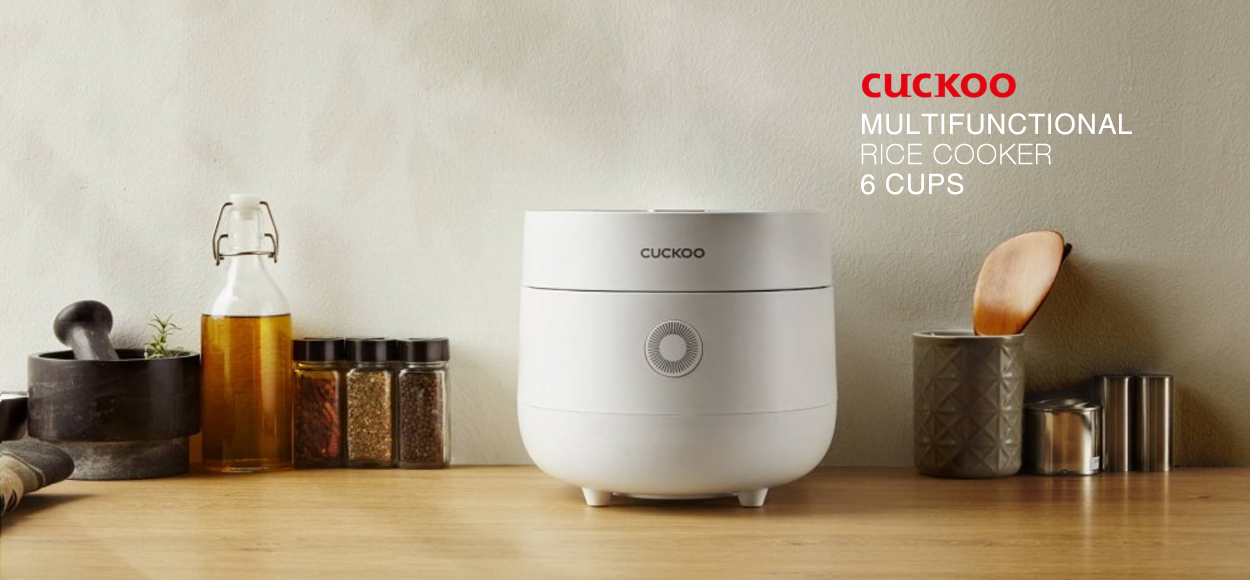
Induction Rice Cookers: Luxury or Necessity?
A question we often get from our rice cooker users is: What exactly is an induction rice cooker? We will explain it in a clear and easy-to-understand way.
In this article, you will read:
What is base heating in a rice cooker?

Before we look into the topic of induction rice cookers, we should first understand how a regular rice cooker works. Conventional rice cookers typically utilise a heating plate at the bottom of the device to cook rice. The heat rises, subsequently cooking the rice.
Here is how it functions:
- As the rice and water heat up, the water is absorbed by the rice, turning into steam and cooking the rice.
- Once all the water has been absorbed by the rice, the temperature inside the pot surpasses 100 degrees, and the cooker switches to a "keep warm" mode.
Conventional rice cookers, with their benefits of cost-effectiveness and a speedy cooking duration of about 15 minutes, hold an edge. Multifunction rice cookers with base heat, despite taking slightly longer at 30 to 40 minutes, still outpace most induction rice cookers in terms of speed.
However, the disadvantage is that the heat is primarily concentrated at the bottom, resulting in less uniform cooking. The gap between the heat base and the rice cooker might capture rice grains, making cleaning progressively more challenging over time. Indeed, this is a primary cause of damage in conventional rice cookers.
Moreover, they might not be suited for cooking specialised rice varieties such as GABA rice or rice mixed with beans.

What is induction?
Induction rice cookers, also referred to as IH rice cookers, do not contain a heating plate at the bottom as traditional ones do.
Referring to the image above on the right, there is no heating base to be seen. Instead, a heating wire encircles 360 degrees, including the lid. Unlike traditional rice cookers that primarily heat from the bottom, this 360-degree heating ensures the rice is cooked evenly and thoroughly from all sides.
Due to this feature, the induction rice cooker can prepare a wider variety of rice dishes compared to standard rice cookers, particularly if you possess discerning taste preferences.
Additionally, induction rice cookers are easier to clean than traditional ones as they do not have a heating plate that can produce stubborn residue at the bottom.
Should you buy one?
The most important factor that matters is: Do you need one?
It is worth noting that most induction rice cookers are equipped with a pressure cooking function, which applies pressure during the cooking process. The gasket used in pressure cooking typically needs replacement every 1 to 2 years. While a pressure rice cooker is in operation, you cannot open the lid to add ingredients.
Moreover, the addition of a pressure cooking feature often increases the market value of these models. The significant price range of $600 to $900 for rice cookers is primarily attributed to the inclusion of induction heating technology, which is priced 2 to 3 times higher than normal multifunction rice cookers.
These are factors to bear in mind if you are thinking of purchasing an induction rice cooker.
Surely, there are also induction rice cookers without pressure, which is my favourite. You may refer to my another article Tiger, Zojirushi & Cuckoo: What is the best rice cooker in Australia? to see why.
Here is a look at the types of rice cookers discussed:
- Conventional Rice Cookers
- Multifunction Rice Cookers with Base Heat
- Induction Rice Cookers with Pressure
- Induction Rice Cookers without Pressure
Other articles that may also be of interest to you:
Kai is the author of this article. Kai is our product specialist at My Cookware®.
COPYRIGHT WARNING: Content theft of any kind is immediately reported to Google, which results in ranking penalties. Original texts can be verified in Internet archives. My Cookware Australia® holds the copyrights for all content on this site, including articles, product descriptions, and user guides.


